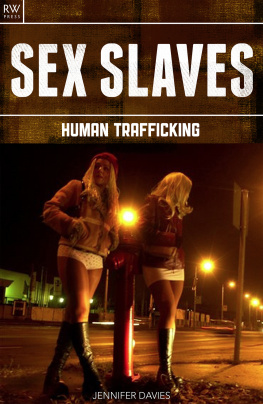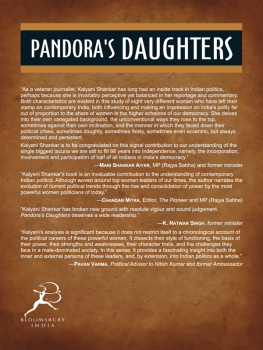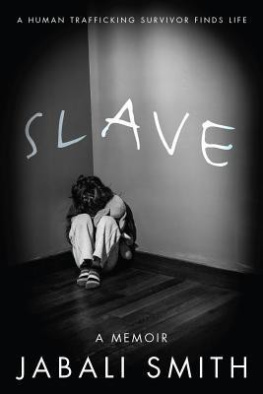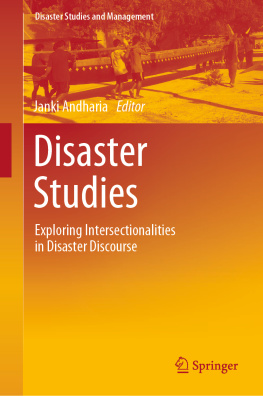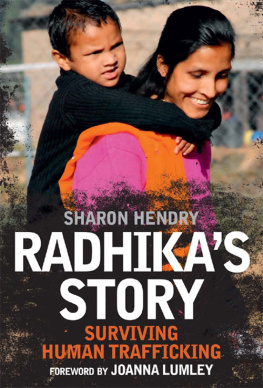About the Book
Gulam Mandi revolves around the life of its two protagonists Kalyani and Janki. It makes one travel through the horrible, fraught and turbulent world of human trafficking wherein innocent children and women are entrapped, sold and forced into flesh trade by a well-knit network of mafia gangs. In its quintessential, the story brings forth the myriad colours of human nature hate, rejection, betrayal, apathy, ecstasy, opportunism, pure love, sex, expectation, trust, empathy, hope, rejuvenation and so on.
Kalyani, a beauty queen, fears ageing and childbirth and is jealous of her own young daughter. Janki, who comes from an oppressed class and had a turbulent childhood, faces rejection from a few people, but finds shelter in Kalyani and Gautam, but, of late, destiny plays its tryst with her life. Finally, she finds solace in Mohan.
It portrays the uneven world of the exploitors, who usurp and violate the victims, and the victims who are the sufferers and cannot normally escape the clutches of their perpetrators to rebuild their life. It also brings into limelight the pity world of hijras, the victims social apathy and prejudice, and their sexual exploitation at the hands of many. Here is a clarion call to the society on the ills that it has been afflicted with!
About the Author
Nirmala Bhuradia
Nirmala Bhuradia (b.1960) is an Indian journalist and writer who writes in Hindi and English. She has published nine books in Hindi. She is Features and Literature Editor and Syndicated Columnist at Naidunia, one of Indias most widely read Hindi daily. She is a winner of many prizes and awards. She can be contacted at .
Gulam Mandi
Gulam Mandi
A Throbbing Market of Sex Slaves
Nirmala Bhuradia
Cataloging in Publication Data DK
[Courtesy: D.K. Agencies (P) Ltd. ]
Bhurar iya, Nirmala, 1960- author.
Gulam mandi : a throbbing market of sex slaves /
Nirmala Bhuradia.
pages cm
Novel.
Also published in Hindi.
ISBN 9788124609736 (paperback)
1. Human trafficking Fiction. 2. Prostitution
Fiction. 3. Indic fiction (English) I. Title.
LCC PR9499.3.B48G85 2019 | DDC 823.914 23
ISBN: 978-81-246-0973-6
First published in India, 2019
Nirmala Bhuradia
All rights reserved. No part of this publication may be reproduced or transmitted in any form or by any means, electronic or mechanical, including photocopying, recording or any information storage or retrieval system, without prior written permission of both the copyright owner, indicated above, and the publisher .
Printed and published by :
D.K. Printworld (P) Ltd.
Regd. Office : Vedar , F-395, Sudarshan Park
(Metro Station: ESI Hospital), New Delhi - 110015
Phones : (011) 2545 3975; 2546 6019
e-mail : indology@dkprintworld.com
Website : www.dkprintworld.com
Foreword
Gulam Mandi , my novel on human trafficking, has already been published in Hindi. Here is an earnest attempt to reach out to a wide audience having its English version. I would say version since I did not translate it by putting the Hindi manuscript alongside. Rather, I recreated or rewrote it, following the same sequence of events and the same plot in mind, with only a few changes here and there. My guru Adrian Khare helped me to a great extent in picking up the threads, polishing the language and removing glitches that came to his notice.
Gulam Mandi would mean a market where some unfortunate human beings are put on open display to be picked up as slaves. Living at the mercy of their masters, these men and women would be made beasts of burden or prostitutes.
If, we, the people of twenty-first century, believe that we have left behind this agony of the Middle Ages, we are mistaken. In reality, the practice is still prevalent, in different hue and shade. Of course, it is banned across the world, at least in legal parlance, and it is beyond ones imagination that people of flesh and blood, like us, could be put on display in a bazaar. The poor, vulnerable and gullible people are still lured, cheated, trapped and forced into slavery. The only difference is that their perpetrators, while at large, operate elusive.
The business of slavery goes on so subtly and secretly that one cannot see it in open. This modern-day business is popularly come to know as human trafficking. Of this business, sex trafficking holds a huge sway in which a commercial sex act is induced by force, fraud, coercion of a person, below the age of eighteen, is induced to perform a sexual act. Also, the recruitment, harbouring, transportation, provision or obtaining of a person for labour or services, using force, fraud or coercion for the purpose of involuntary servitude, peonage, debt bondage or slavery come under the label, human trafficking.
Governments world over are trying to fight this malice, each one in its own way. I came across one such initiative when I visited the US in 2006, on an invitation by the US Department of State under the International Visitors Leadership Program (IVLP). That year, the subject of study under the Program was trafficking in persons. The IVLP, launched in 1940, seeks to build mutual understandings between the US and other nations through carefully designed professional visits to the US for current and emerging foreign leaders. With this objective, naturally we were introduced to several policies and strategies to prevent and actively combat trafficking in persons. To help us acquire a background on trafficking issues we were taken to four cities in the US: Washington DC, Seattle, Dallas and New York.
In Washington DC, we were taken to the US Department of State. Here we had appointments at the office that monitors and combats trafficking in persons, the Bureau of South and Central Asian affairs, the Bureau of Democracy, Human Rights and Labour. The journey continued with the visiting of the US Department of Justice, particularly its criminal division and civil rights division. Then were the visits to Department of Homeland Security, the US Immigration and Customs Enforcement and various other government offices. One day we had an appointment with Mr T. Kumar, Advocacy Director for Asian in the Amnesty International, which was followed by the visit to the US Helsinki Commission and the office of Senator Patty Murray.
Senator Murray, a campaigner for the rights of women and families, had helped write and pass the historic Violence against Women Act, 1994. In Seattle, we met former state Senator Jeralita De Costa and even a detective, Harvey Sloan, of the Seattle Police Department and other police officers. In Dallas, meetings were arranged with not-for-profit organizations that help immigrants and refugees of victims of human trafficking, the local media, Dallas Police and others. In New York, meetings with organizations like Sakhi for South Asian Women, Safe Horizon and Human Rights Watch were arranged. Even the United Nations office in the Empire Estate building was on our agenda, where we visited the United Nations Development Fund for Women (UNIFEM) office to discuss agendas like womens empowerment and gender equality. A senior advisor on child labour in the child protection section of UNICEF discussed international efforts to combat child labour.
In Dallas, when I conveyed to the police department that I intend to work on a novel on the subject of human trafficking and wanted to visit a strip show, they took me seriously. The next day, they arranged for two guards to accompany me to a joint in Dallas.


